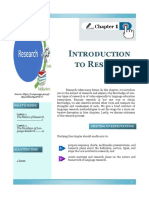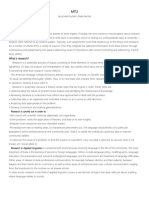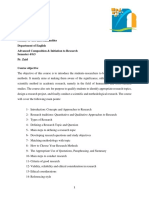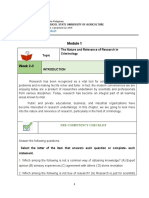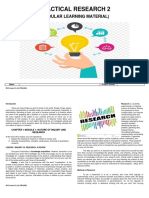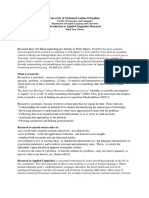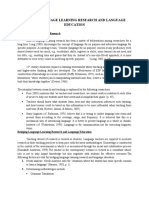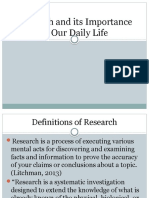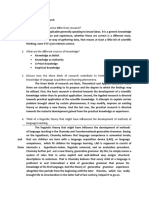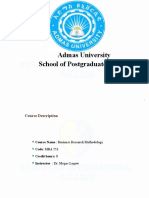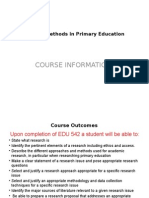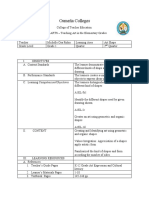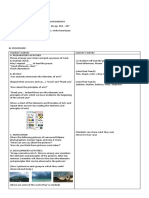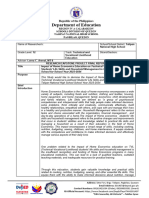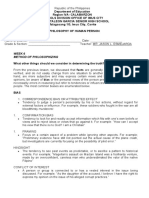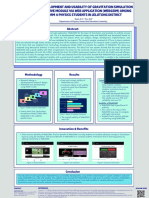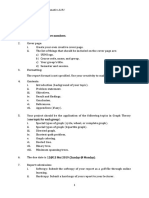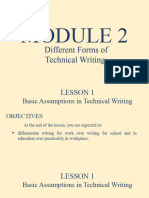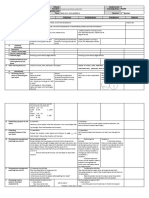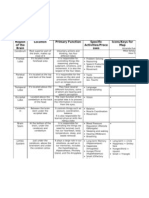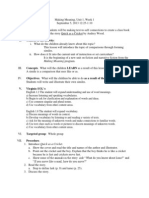0% found this document useful (0 votes)
19 views6 pagesChapter 1
Chapter 1 discusses the nature of research, defining it as a systematic search for knowledge that distinguishes scientific inquiry from common sense. It categorizes research into basic, applied, and practical types, emphasizing their interrelation and the importance of empirical evidence. The chapter also outlines the motivations for conducting research, the different research approaches, and the criteria for good research.
Uploaded by
Murphy LawdenCopyright
© © All Rights Reserved
We take content rights seriously. If you suspect this is your content, claim it here.
Available Formats
Download as PDF, TXT or read online on Scribd
0% found this document useful (0 votes)
19 views6 pagesChapter 1
Chapter 1 discusses the nature of research, defining it as a systematic search for knowledge that distinguishes scientific inquiry from common sense. It categorizes research into basic, applied, and practical types, emphasizing their interrelation and the importance of empirical evidence. The chapter also outlines the motivations for conducting research, the different research approaches, and the criteria for good research.
Uploaded by
Murphy LawdenCopyright
© © All Rights Reserved
We take content rights seriously. If you suspect this is your content, claim it here.
Available Formats
Download as PDF, TXT or read online on Scribd
/ 6









